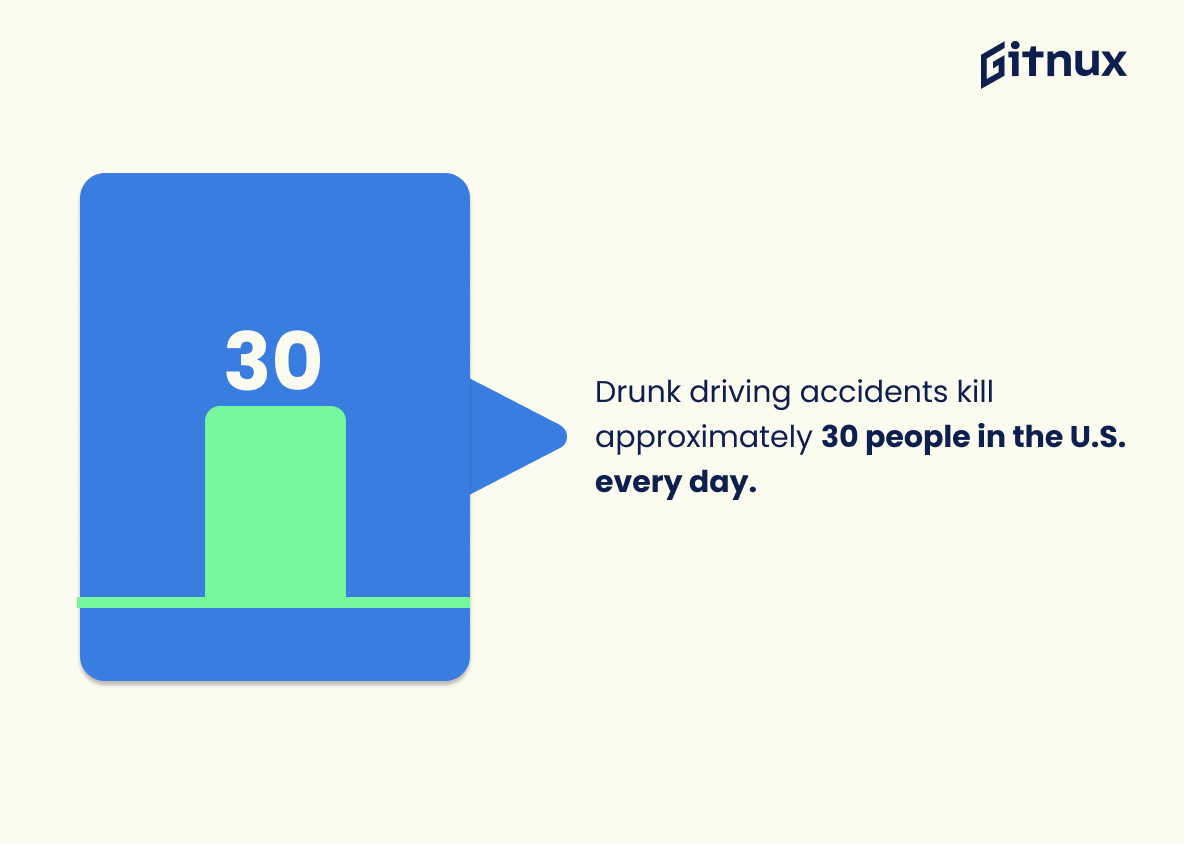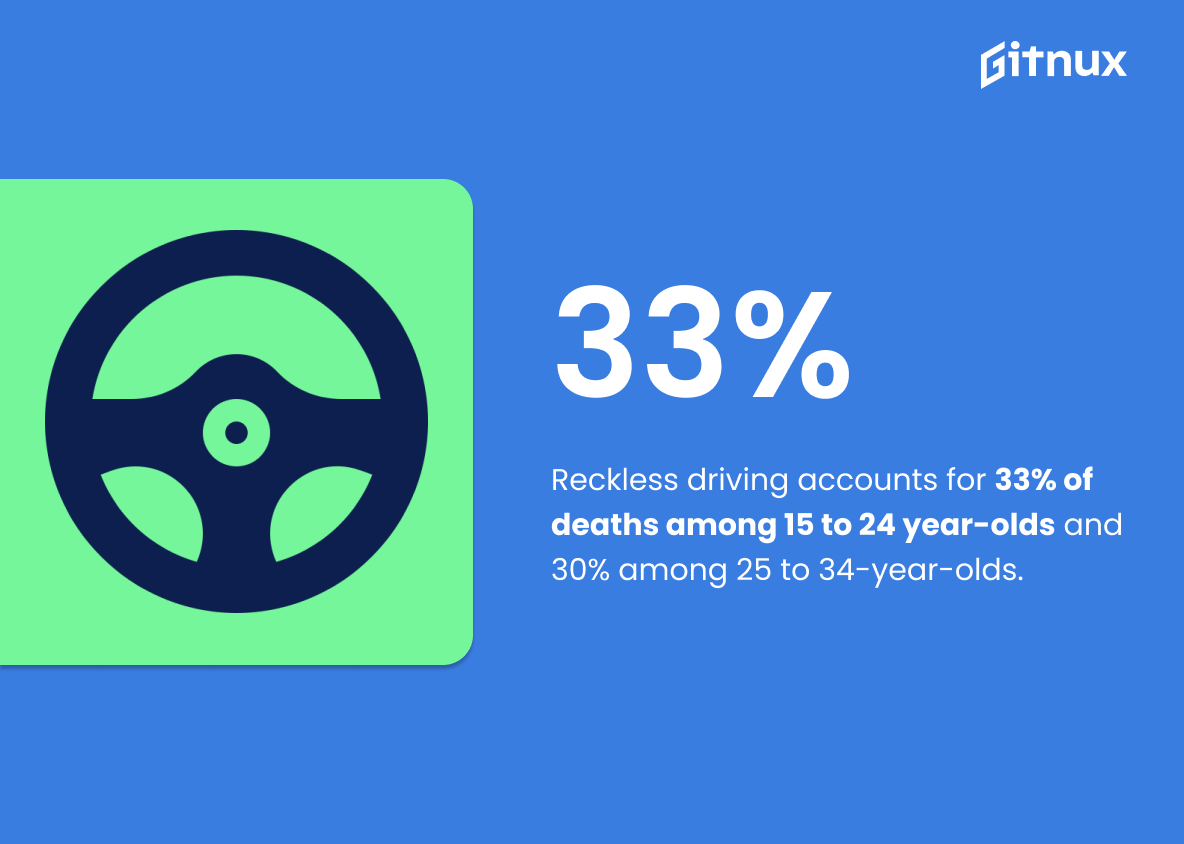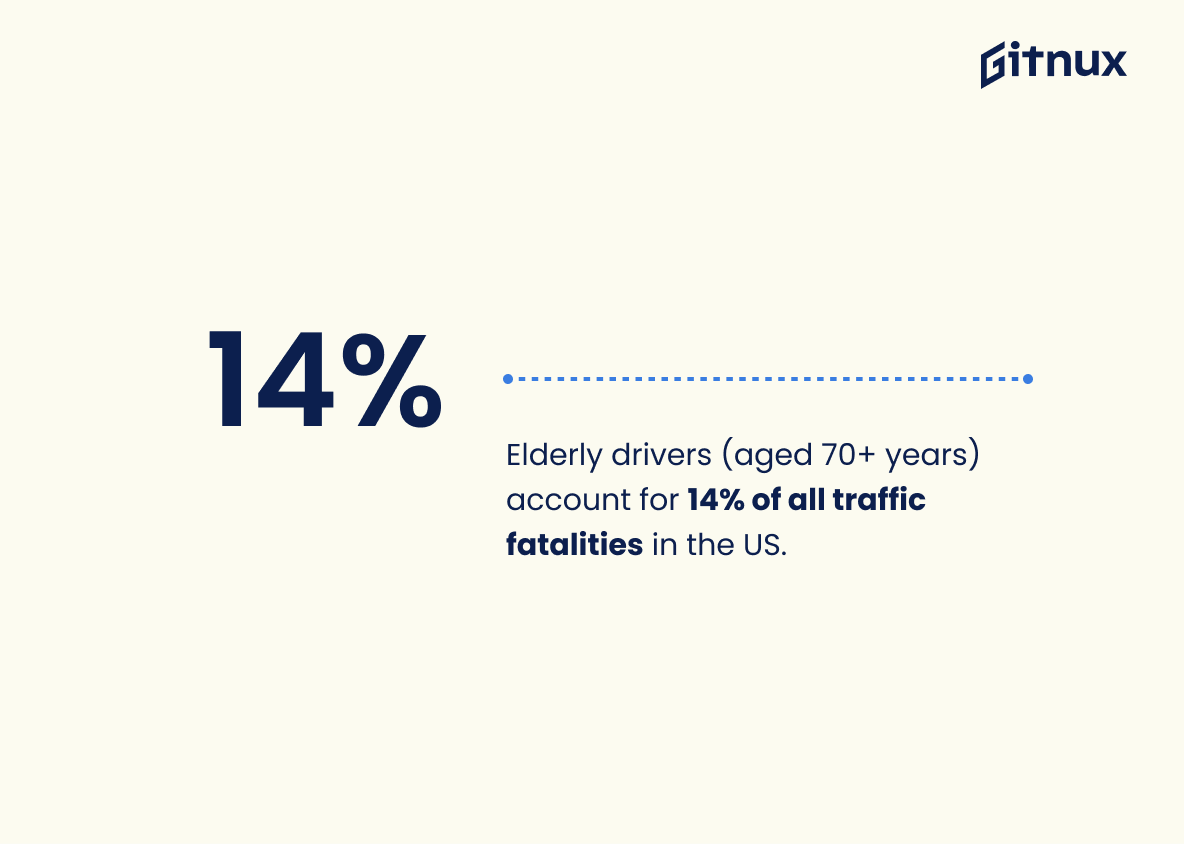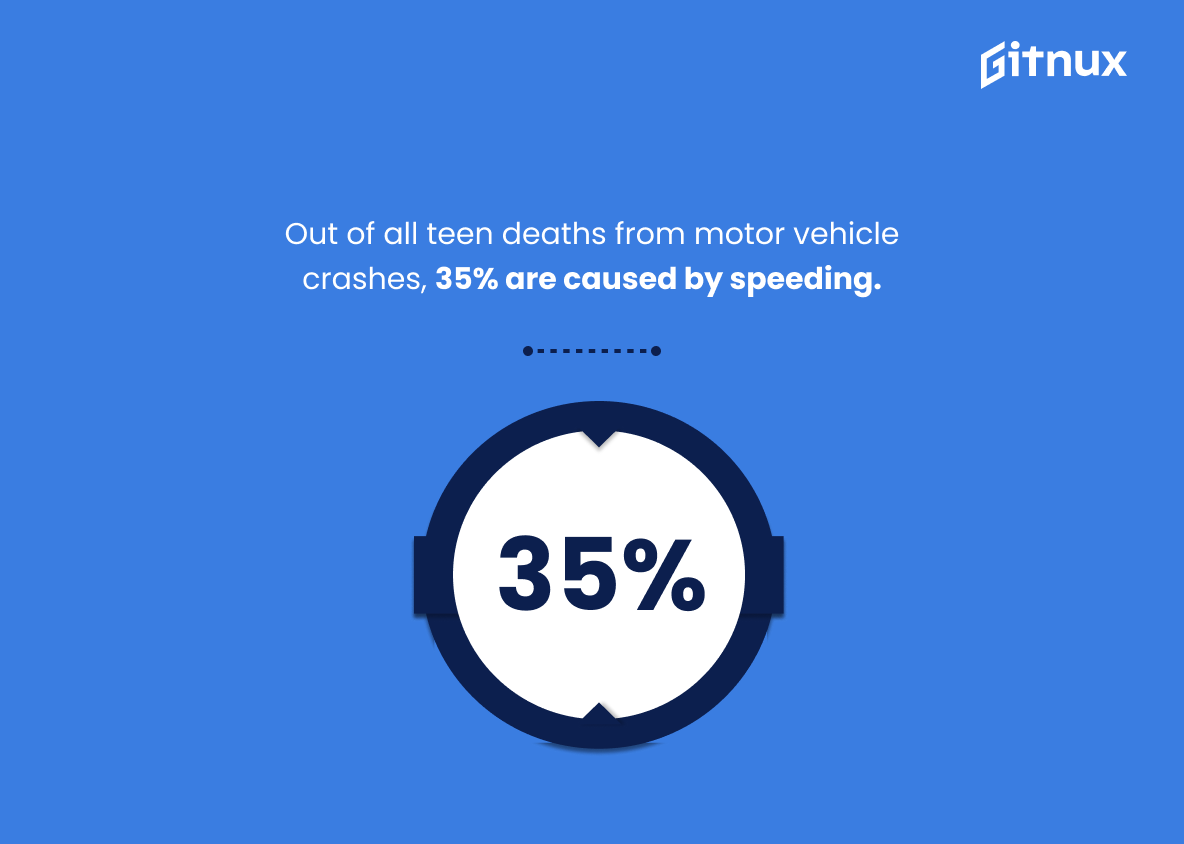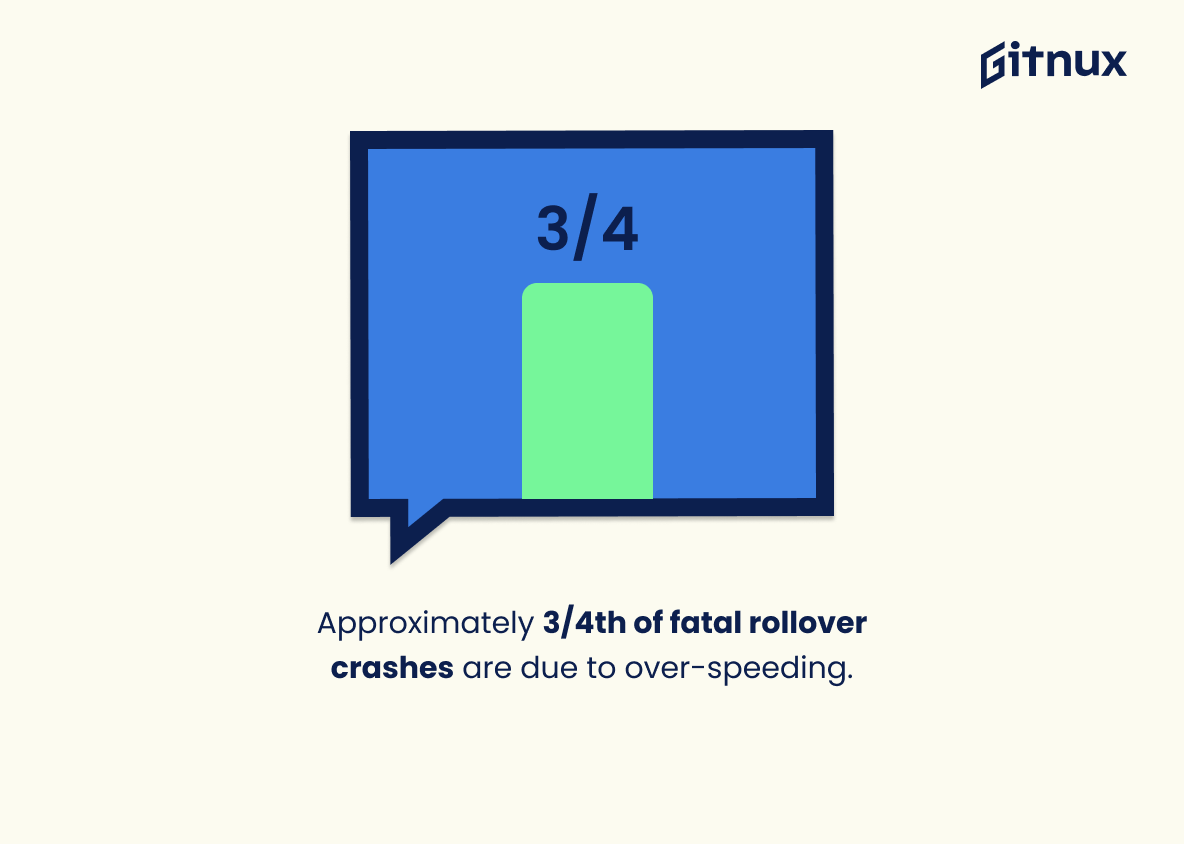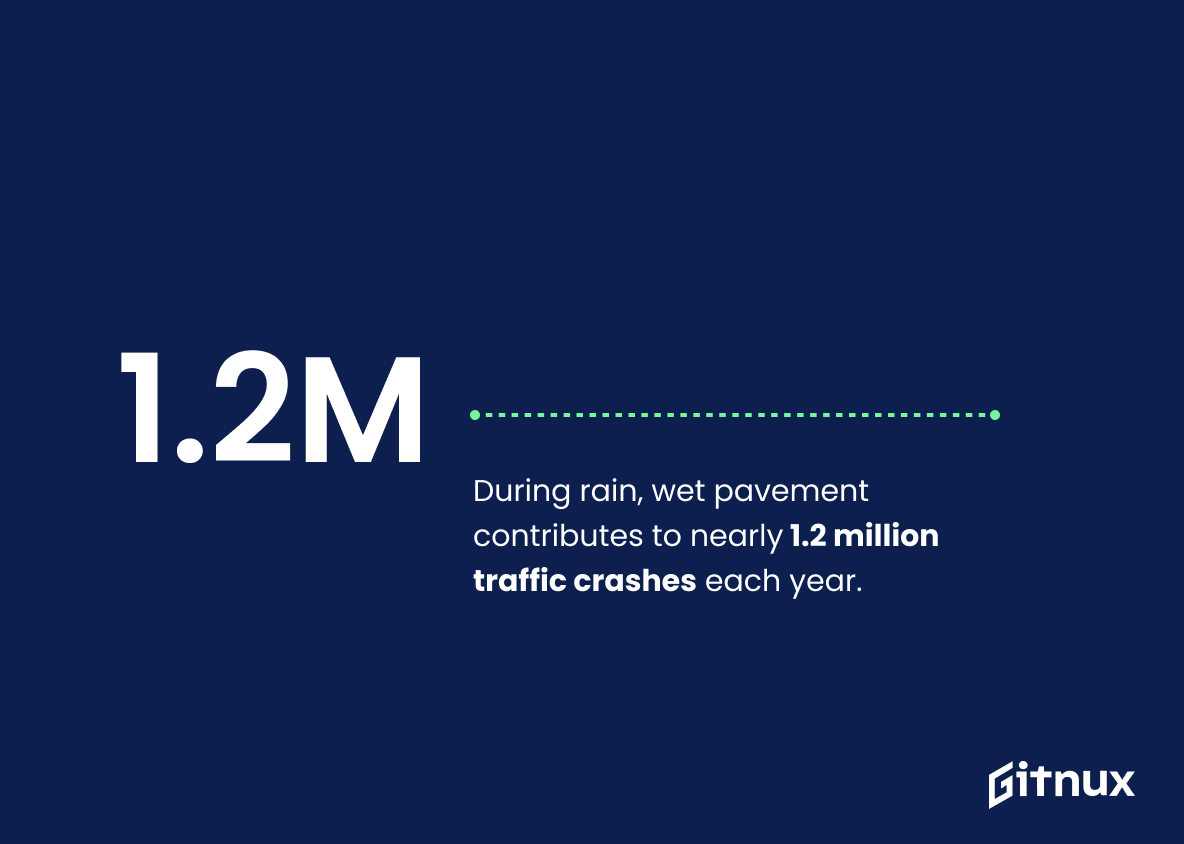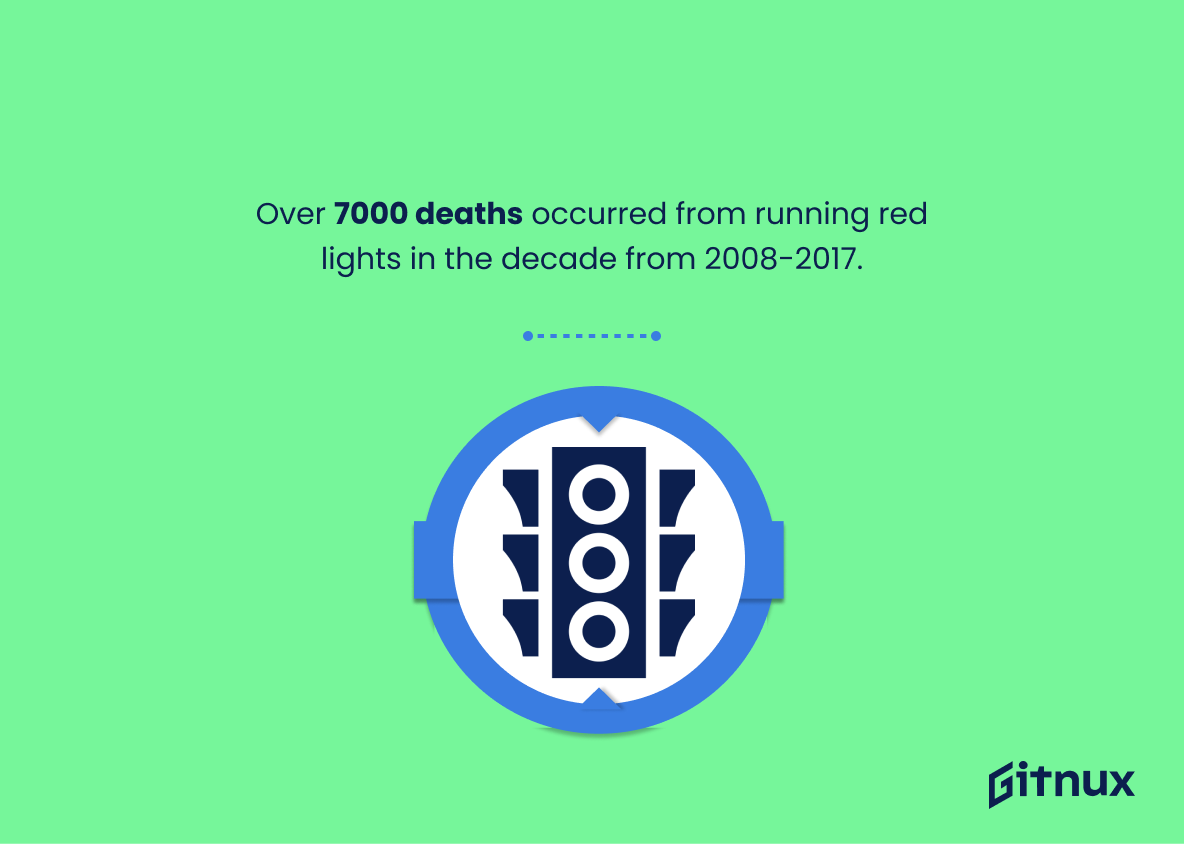Vehicular safety is a vital concern that transcends across nations, cultures, and economic statuses. Every year, millions of people across the globe experience the dreadful repercussions of car accidents. But what exactly contributes to these distressing incidents? Extensive studies and data help explain the story behind car accident causes. In this blog post, we delve deeper into car accident causes statistics, shedding light on the significant factors leading to these mishaps. By gaining a clearer understanding of these causes, we can all participate in efforts to make our roads safer.
The Latest Car Accident Causes Statistics Unveiled
More than half (52%) of reported crashes occur within 5 miles of a driver’s home.
Delving into the impact of geographic proximity on car accidents, our eyes are drawn to an intriguing figure: an overwhelming 52% of reported crashes occur within 5 miles of a driver’s home. When initially examining this figure, we might be tempted to see our neighborhoods as the ultimate danger zones. However, there’s more to unravel here. This statistic underscores the critical reality of familiarity breeding complacency. Drivers may feel more relaxed when in known territory, letting their guard down, thereby increasing the potential for lapses in concentration and reducing reaction times; key factors leading to accidents. As a result, exploring accident prevention strategies should consider these surprising numbers to emphasize the importance of maintaining a high level of alertness, even in familiar territories.
Distracted driving is the leading cause of car accidents in the U.S., accounting for 25% of all car crashes.
Highlighting the figure that ‘Distracted driving contributes to 25% of all car crashes in the U.S.’ offers a harsh wake-up call. In the terrain of car accident causes, understanding this makes the numbers do more than talk – they holler for the urgent need for campaigns targeting this widespread issue. As the top cause of accidents on our roads, it shows the day-to-day danger posed by something arguably controllable with effort and education. The gravity of this statistic underscores the dire reality: one in four car crashes happen not due to unavoidable circumstances, but because of distractions that could perhaps be prevented. Any discussions or initiatives aimed at roads safety must prioritize this startling concern.
Speeding was a contributing factor in 26% of all traffic fatalities in 2019 in the U.S.
Unveiling this fact paints a vivid picture on the canvas of car accident causes. The data point showing that 26% of traffic fatalities in 2019 in the U.S. were attributable to speeding, beckons for attention. It demonstrates that a large portion of lives lost on the roads could potentially be saved if drivers simply eased their foot off the accelerator. This figures underscores the dire need for continued, and perhaps enhanced efforts in public education about road safety and stricter enforcement of laws related to speeding. It furnishes the blog post with compelling evidence of how directly an individual’s driving behavior can contribute to gruesome outcomes, lending a degree of urgency and gravity to the subject.
Drunk driving accidents kill approximately 30 people in the U.S. every day.
This eye-opening figure of 30 fatalities from drunk driving accidents every day shines a light on the chilling reality of the U.S roads. It highlights the grim connection between irresponsible alcohol consumption and the tragic loss of life on our highways, painting a stark picture through numbers. Juxtaposing it with other causative factors in a blog post about car accident causes statistics would underscore the compelling need for more stringent drunk driving laws, better enforcement and responsible social behavior. It’s a rallying cry for action, emphasized by the cold, hard numbers of daily casualties.
In 26% of all car accidents, at least one driver was talking on a mobile phone prior to the crash.
Drawing attention to the gripping figure – a sobering 26% of all car accidents involve at least one driver engaged in a mobile phone conversation prior to the collision – sets off immediate alarm bells. Not only does this nuance emphasize how we casually, often unknowingly, play Russian Roulette every time we reach for our mobile phones on the road, it also spotlights the urgent need for ceaseless drive towards promoting responsible driving. Intertwining the undeniable lure of technology and the irrefutable importance of attentive driving, this statistic forms a compelling commentary in our discourse on car accident causation statistics, crafting a candid narrative about habits we need to unlearn for safer roads.
Reckless driving accounts for 33% of deaths among 15 to 24 year-olds and 30% among 25 to 34-year-olds.
Highlighting the fact that reckless driving contributes to a significant portion of fatalities within the 15-34 age bracket underscores the soaring risk young adults and adults face on the roads. This compelling data unmasks the harsh reality behind the steering wheels, especially for our younger demographic, aiming to be both an eye-opener and a call to action. Strikingly, the alleged ‘invincibility’ of youth emerges as increasingly erroneous when faced with such hard-hitting evidence. Hence, in unmasking the details behind car accident causes, this figure not only feeds intellectual curiosity, but also serves as a stark reminder for all drivers about the importance of roadway safety and the potential consequences of reckless behavior.
Fatigue or tiredness is reported as a cause in 1 out of 6 deadly road traffic accidents, and 1 out of 8 crashes causing occupancy injury.
Illustrated in these figures is the detrimental impact fatigue has on road safety, a silent yet potent hazard often sidelined in discussions about car crash causatives. The thread ties fatigue to 1 in 6 deadly accidents, but its implications extend beyond fatalities. It also underscores fatigue’s role in 1 in 8 injury-causing crashes, highlighting not just a potential for loss of life, but also the peril of life-altering injuries.
Adopting the lens of statistical reasoning, these numbers communicate an alarming reality – the weariness that drivers shrug off is not as harmless as it seems. The figures frame a larger conversation on the urgency of awareness, prevention strategies and reinforced legislation surrounding fatigue-induced road accidents, making it an unmissable factor in the study of car accident causes. Perhaps understanding and responding to this fraction of the issue might lead to a significant reduction of roadway tragedies in the long run.
Elderly drivers (aged 70+ years) account for 14% of all traffic fatalities in the US.
To truly illuminate the significance of our vehicular safety dialogue, one cannot bypass the statistic revealing that elderly drivers, those aged 70 and above, are entwined in 14% of all traffic fatalities in the US. It gives a poignant touch to the discourse, highlighting the importance of deeper dialogue on mature-age driver education, vehicle safety innovations, and possible regulations. This datum invites readers to recognize not just the overall impact of car accidents but to question the role that age plays in such instances. Elderly driving-related fatalities thus become a focal point for prevention strategies in our quest to enhance road safety.
Ignoring traffic rules caused 10% of all fatal car accidents in the United States in 2019.
Highlighting the statistic that 10% of all fatal car accidents in the United States in 2019 resulted from ignoring traffic rules, provides a stark illustration of the heavy toll of negligence on the road. It’s a wake-up call, starkly underlining the dire consequences of such an avoidable action. In the grand tableau of car accident cause statistics being discussed in this blog, this fact emerges as a crucial piece, serving to emphasize the role personal responsibility and adherence to law plays in road safety. It lays bare the stark reality that a significant proportion of these tragedies could potentially be averted, were more drivers to respect the simple act of obeying traffic rules.
Out of all teen deaths from motor vehicle crashes, 35% are caused by speeding.
Highlighting the significant role that speeding plays in teen vehicular fatalities underscores the urgency of addressing this issue. With 35% of all teen deaths in motor crashes directly linked to high speeds, it places speeding not just as a culprit that’s often dismissed as a youthful folly, but a pivotal matter of life and death. In terms of car accident causes, it demands our attention, pushing us to delve deeper into driving habits, to create more effective strategies for safety education, and raise awareness about this tragic consequence of reckless driving behavior. It is a stark testament that flips the discussion from simple numbers into human narratives, reminding us that every percentage point signifies an absence in a family photo, a vacant seat in the classroom, and a dream nipped at the bud.
A rear-end collision happens every 8 seconds in the United States.
Integrating this potent statistic into the heart of our blog post on Car Accident Causes Statistics adds an undeniable layer of gravity to the narrative. Let’s pause for a moment and picture this, in the time it might take you to tie your shoelaces, approximately a rear-end collision has occurred somewhere in the vast expanse of the United States. This statistic isn’t just a number, it’s a stark reminder of the seemingly unrelenting frequency of such incidents and emphasizes the importance of responsible driving. As we delve deeper into the causes of car accidents, this figure helps underscore the severity of the issue and the urgent need to mitigate these avoidable mishaps. It compels one to reconsider current driving habits and demands attention to probable solutions.
Approximately 3/4th of fatal rollover crashes are due to over-speeding.
This insight sheds light on an even larger discussion, highlighting the prominent yet preventable role of over-speeding in fatal rollover accidents. It is a stern wake-up call, an ominous siren for drivers to slow down, exhibiting that millions of lives could potentially be saved if we simply adhered to speed limits. It prompts a deep dive into the discourse on speed regulations, road safety measures, and how individual behaviors can significantly impact the grim statistic. Thus, featuring prominently in a blog post on Car Accident Causes Statistics, it forms a vital pillar of understanding around which preventative strategies and awareness campaigns can be crafted.
During rain, wet pavement contributes to nearly 1.2 million traffic crashes each year.
Undeniably, investigating into the cryptic world of statistics often sheds light on the hidden agents behind everyday events. Exactly so, the astounding figure of 1.2 million traffic crashes every year facilitated by wet pavement during rainfall stands as a stark spectacle on the landscape of car accident causes. These numbers are not just figures scribbled on a piece of paper, but represent real-life incidents with human suffering and financial consequences.
In the vast matrix of car accident causes, this statistic unveils an alarming regularity. It articulates an urgent narrative: the dagger of rain-induced road mishaps hangs above our heads. Like an ominous thunderclap amidst the downpour, this statistic emphasizes that caution and road safety become even more paramount during rainy conditions. In this context of a blog post about Car Accident Causes Statistics, it bestows concrete evidence, injecting the imperative of acknowledging and addressing the risks surrounding wet pavements, thereby pursuing actions to reduce this substantial, yet often overlooked, contributor to vehicular accidents.
Nearly 44% of all fatal car accidents involved a single vehicle in 2019.
Unveiling the stark revelation that approximately 44% of all fatal car accidents in 2019 involved a single vehicle, creates a potent perspective on the possibility that many of the dangers associated with driving stem from factors within our control. This percentage serves as a potent reminder that collision with another motorist is not the only risk when one is behind the wheel. It instills the realization that personal behavior – be it speeding, distracted driving, or drunk driving – can carry fatal consequences, even when no other vehicle is involved. Learning from this crucial data point, we are inspired to prioritize safe and responsible driving practices to significantly reduce the likelihood of not only multi-vehicle accidents, but also solo ones.
Over 7000 deaths occurred from running red lights in the decade from 2008-2017.
Highlighting the alarming figure of over 7000 deaths due to running red lights in the decade from 2008-2017 in a blog post about Car Accident Causes Statistics serves as an eye-opening revelation. It underscores the significance of traffic rules adherence – specifically, the importance of halting at red lights – as not just a legal mandate but a crucial factor in saving lives.
These numbers do not just represent a count; they embody individual lives lost, families impacted, and widespread grief, all due to a preventable cause. By casting a spotlight on this significant contributor to vehicular fatalities, we can instill a stronger sense of caution amongst readers and motivate them to abide by the red light rule consistently, thus fueling a reduction in related deaths moving forward. Hence, this statistic does not merely convey information; it propels action and ignites change.
Roadway departures resulted in 53% of all motor vehicle traffic fatalities in 2019 in the United States.
Drawing attention to the grave fact that more than half of all motor vehicle traffic fatalities in 2019 in the US were the result of roadway departures puts a glaring spotlight on the dangerous repercussions of straying off the road while driving. Nestled within this alarming figure is a profound revelation that underlines the immense importance of maintaining on-road discipline and vigilance. This statist makes it abundantly clear that roadway departures, likely due to factors like distracted driving, drowsiness, or reckless maneuvers, aren’t just minor mishaps but life-threatening events. Car Accident Causes Statistics blog posts can utilize this startling fact to emphasize and reinforce the need for road safety rules adherence, constant awareness, and protective measures to their readers. This way, the statistic transforms into a potent weapon in the battle against road fatalities.
Among passenger vehicle occupants killed in 2019, 47% were unrestrained.
Woven into the narrative of car accident causes statistics, the stark figure of 47% of passenger vehicle occupants being killed whilst unrestrained in 2019 is highly pertinent. It sounds a grim alarm, illuminating the life-and-death impact of seatbelt usage. The irrefutable connection between these grim fatalities and the simple act of fastening a seatbelt underscores the necessity of harnessing such powerful preventive measures. Arguably, this statistic plays a vital role in shattering the illusion of invincibility many harbor, urging readers to acknowledge the tangible risks and protective mechanisms tied to vehicle safety.
About 13 percent of all rural fatal car crashes are caused by driving over the median/center divider.
Diving into the not-so-often discussed universe of rural fatal car crashes statistics, it’s striking to note that approximately 13% of these tragedies ignite from mishaps involving crossing the median or center divider. This intriguing data nugget paints an eye-opening portrait of rural driving safety challenges, nestling amongst the critical considerations for any authentic discourse on Car Accident Causes Statistics. The very orientation of this statistic probes us to reconsider our perceptions of rural driving, steer our foresight on accident-prevention initiatives, and ultimately, reassess our capacity to save human lives.
It is estimated that over 400,000 people were injured in crashes caused by distracted drivers in 2018.
Highlighting this impactful statistic resonates on a deeply human level, illuminating a grave concern in today’s mobile-centric society – distracted driving. This stark revelation of over 400,000 injuries from 2018 alone punctuates the blog post’s central theme about car accident causes, serving as a sobering wake-up call for readers. The magnitude of the figure underscores the urgency and gravity of the issue. It asserts a compelling case for essential preventative measures and gives readers a firm perspective on the tangible, real-life implications of distracted driving.
Over 50 percent of fatal crashes in 2017 involved some form of aggressive driving.
Highlighting the significance of this fact plays a crucial role in our exploration of car accident causes statistics. Notably, it casts a direct spotlight on the menacing role aggressive driving has on the grim tally of fatalities on the road. This revelation accentuates the urgency to address these behaviors, as over half the deadly accidents in 2017 were traced back to such actions. Traffic authorities, drivers, and pedestrians alike can glean from this statistic the criticality of cultivating safer driving habits. It paints a stark reality while serving as a sobering testament to the deadly repercussions of aggressive driving, hence underpinning its importance in any insightful discussion surrounding car accident statistics.
Conclusion
In conclusion, understanding car accident causes is more than just an analysis of statistics. It is about knowing the factors that contribute to these accidents and employing preventive measures. While statistical data vary from one region to another, the constant truth is that car accidents can be avoided with more careful driving, adherence to traffic rules, and spreading awareness about risky behaviors like distracted or drunk driving. By keeping these statistics in mind, we can make better choices on the road and work towards a safer driving experience for everyone.
References
0. – https://www.www.iihs.org
1. – https://www.www.asirt.org
2. – https://www.ops.fhwa.dot.gov
3. – https://www.safety.fhwa.dot.gov
4. – https://www.www.cdc.gov
5. – https://www.www.sleepfoundation.org
6. – https://www.www.safercar.gov
7. – https://www.www.nhtsa.gov
8. – https://www.www.edgarsnyder.com
9. – https://www.crashstats.nhtsa.dot.gov
10. – https://www.injuryfacts.nsc.org
11. – https://www.www.driverknowledge.com
12. – https://www.www.claimsjournal.com
13. – https://www.www.sr22insurance.net



